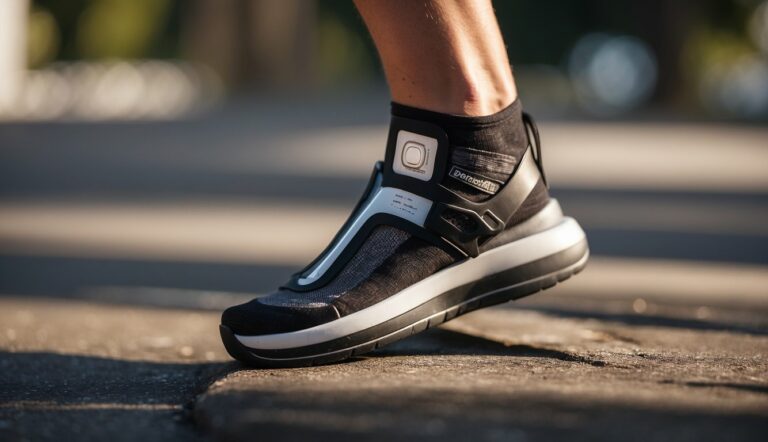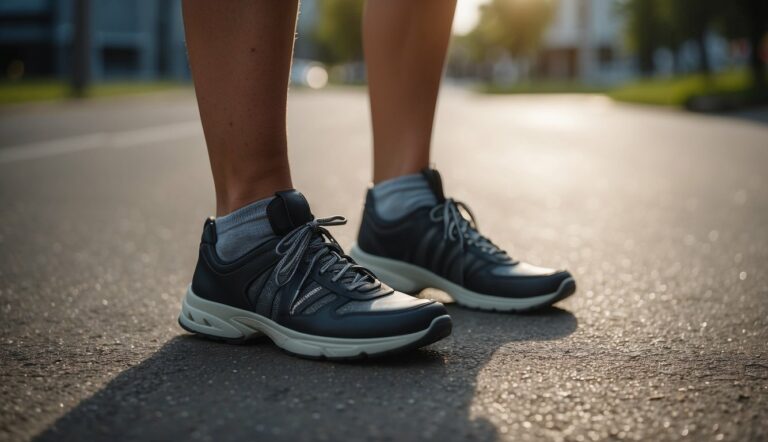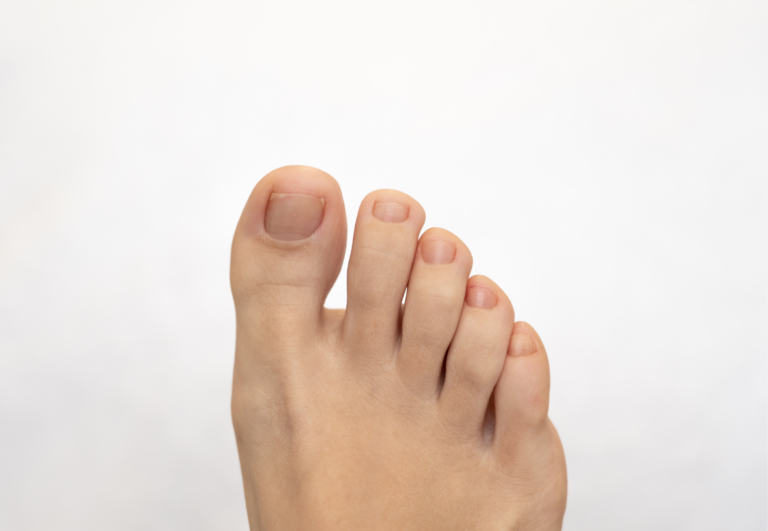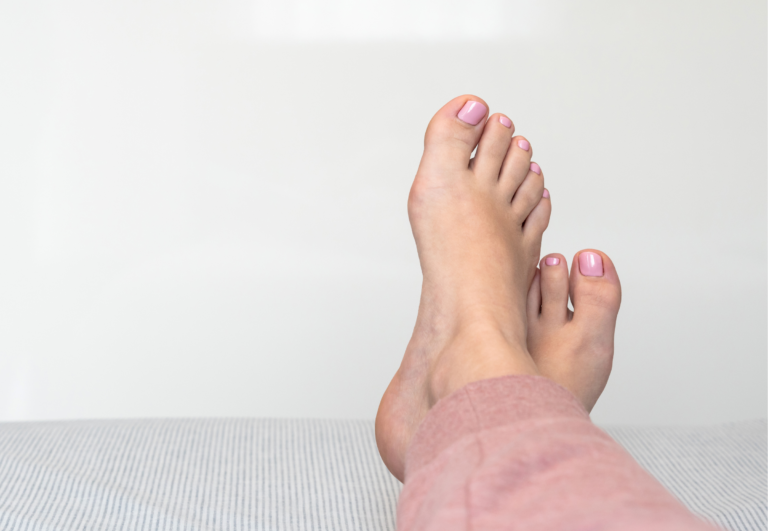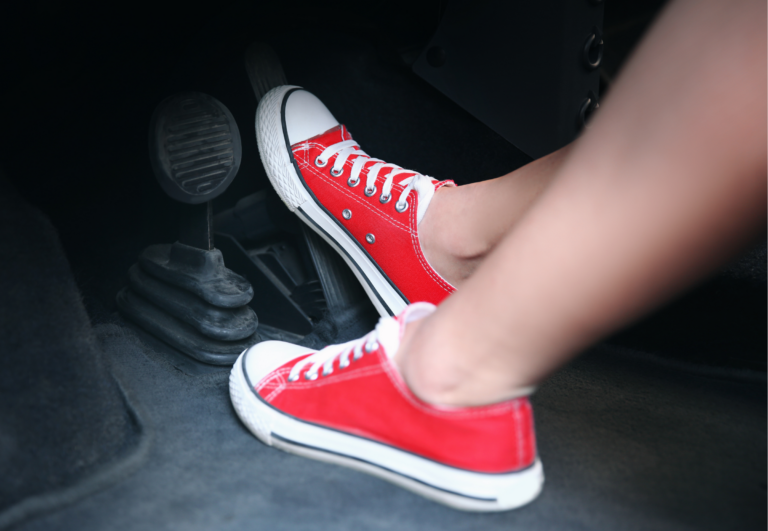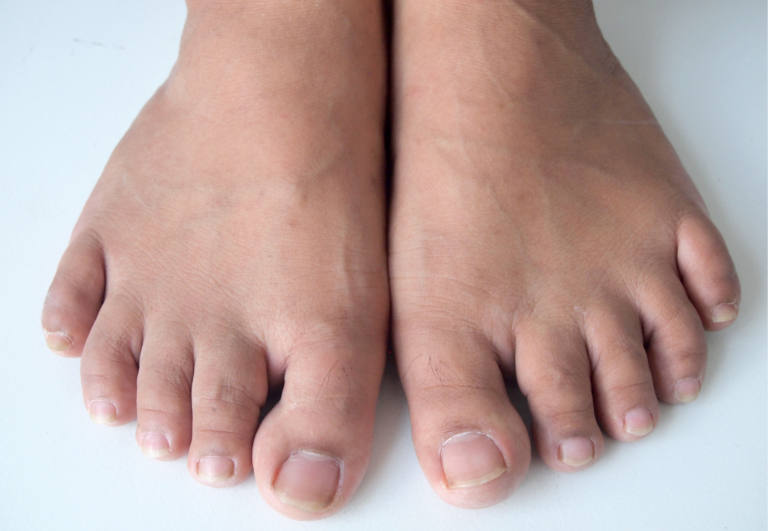How Toe Spacers Can Enhance Athletic Ability: Unveiling Performance Benefits
Toe spacers have emerged as a surprising ally for athletes looking to enhance their performance. As an enthusiast and avid user, I’ve appreciated how these simple devices support foot health. They work by spreading the toes apart, countering the compression often caused by narrow shoes. This realignment can be particularly beneficial for athletes whose feet are under constant strain from rigorous training and competition.
From my experience, the benefits manifest in various ways. Proper toe alignment aids in distributing weight evenly across the foot, which can improve balance and stability—critical components for peak athletic performance. Moreover, toe spacers can also help reduce the risk of foot injuries. By minimizing the friction that leads to blisters, corns, and calluses, athletes can maintain comfort during activities, allowing them to focus on their performance rather than foot discomfort.
Athletes across sports report feelings of relief when using toe spacers during their off-time, which suggests an improvement in overall foot health. While results vary, and toe spacers aren’t a cure-all, incorporating them into a foot care routine has the potential to aid in delivering a more natural foot posture. In turn, this can contribute to better performance on the field, court, or track.
The Science of Toe Spacers and Athletic Performance

Toe spacers are instrumental for athletes aiming to enhance their foot health and sports performance. They specifically target the alignment and stability of the feet, which can influence lower extremity function and overall balance.
Understanding Toe Alignment and Foot Mechanics
Proper toe alignment plays a crucial role in optimal foot mechanics during movement. As athletes engage in sports activities like running, the feet serve as the foundation, and any misalignment can affect their gait and stability. The natural position of toes, spread apart rather than squeezed together, contributes to a more evenly distributed foot pressure and a more stable base for athletic movements.
- Toe alignment: Key to distributing pressure during athletic activities.
- Gait: Influenced by the proper positioning of toes.
Role of Toe Spacers in Promoting Proper Foot Stability
I find that toe spacers serve as a beneficial tool for athletes by promoting proper foot stability. They work by separating the toes to their natural position, potentially reducing the risk of injuries associated with toe crowding. This correct toe spacing has been linked with improved foot stability, which is essential for maintaining balance and achieving efficient power transfer in sports.
- Foot stability: Essential for balance and power transfer in athletics.
- Toe spacers: Aid in achieving and maintaining stability.
Impact on Overall Lower Extremity Function
The alignment and stability of the feet influence the function of the entire lower extremity. Toe spacers can contribute to a properly aligned stance, improving strength, mobility, and the range of motion of the lower extremity. This may lead to an overall enhancement in athletic performance, as the legs can move more freely and effectively.
- Strength and mobility: Benefited by proper lower extremity function.
- Range of motion: Can be increased through correct foot alignment and stability.
In my experience, consistent use of toe spacers as part of an athlete’s regimen can support foot health and contribute to better running technique and performance.
Benefits of Toe Spacers for Athletes

Toe spacers have become integral in sports performance, addressing concerns from enhanced propulsion to injury prevention. They are used to maintain optimal foot posture, which is essential for athletes.
Enhanced Propulsion and Athletic Efficiency
I’ve found that toe spacers can significantly contribute to propulsion and overall athletic efficiency. By allowing the toes to spread naturally, they promote better balance and mobility. The increased toe spread enhances the foot’s ability to act as a stable base, resulting in more powerful and efficient movements during training and competition.
Injury Prevention Through Improved Foot Posture
Athletes using toe spacers may notice a reduction in the risk of foot injuries like blisters, corns, and calluses. These devices help maintain proper toe alignment, which is critical for optimal foot posture. In turn, it minimizes excessive rubbing and pressure that often lead to such injuries, allowing athletes to train and perform without discomfort and setbacks.
Optimized Recovery from Common Foot Conditions
Toe spacers can also aid in the recovery process. They improve circulation within the feet, which is essential for healing and recovery. By supporting the natural alignment of the toes, they take undue stress off the feet, potentially speeding up recovery from common foot conditions that athletes might experience.
Choosing the Right Toe Spacers
In selecting toe spacers for sports performance, key considerations are material and customization to meet individual needs for comfort and effectiveness.
Material Considerations: Silicone vs. Gel vs. Foam
Silicone Toe Spacers:
- Comfort: Provide a firm yet flexible fit, adapting to toe movement during athletic activities.
- Hypoallergenic: Ideal for sensitive skin due to their hypoallergenic properties.
- Durability: Resistant to tearing, retaining shape over time.
- Maintenance: Easy to clean and less likely to harbor bacteria.
Gel Toe Spacers:
- Discomfort Mitigation: Softer than silicone, they can offer immediate relief from toe crowding.
- Fashion Compatibility: Often clear, they can be less visible, suiting those conscious of gear aesthetic.
- Care: May require more frequent replacement as they can degrade faster than silicone.
Foam Toe Spacers:
- Initial Comfort: Often the softest option, providing cushioning effect.
- Affordability: Typically more cost-effective but might lack the longevity of silicone or gel.
Custom-Made vs. Off-The-Shelf Options
Custom-Made Toe Spacers:
- Tailored Fit: Crafted to match an individual’s foot anatomy for optimal comfort and performance.
- Long-Term Comfort: May prevent discomfort and blisters due to a perfect fit.
Off-The-Shelf Toe Spacers:
- Accessibility: Readily available in stores and online with a variety of size options.
- Efficiency: Can quickly provide a solution for athletes looking to improve their toe alignment without the wait time for customization.
When choosing between custom-made and off-the-shelf toe spacers, consider the severity of your needs and whether generic sizes can accommodate your foot shape adequately.
Incorporating Toe Spacers into Training Regimens
As someone experienced with toe spacers, I find their inclusion in training regimens can significantly enhance athletic performance, particularly in disciplines requiring superior balance and foot mobility.
How to Integrate Toe Spacers in Warm-ups and Cool-downs
- Warm-ups: Begin by wearing toe spacers for a few minutes during your initial stretching routine. This can help your feet adjust to their natural alignment, which is particularly beneficial for exercises that rely on balance and posture.
- Cool-downs: After training, using toe spacers can aid in the recovery process, allowing your feet to relax and muscles to stretch out, potentially reducing soreness.
Long-Term Use and Adjustment Periods
Adaptation Phase: Gradually increase the duration of toe spacer use. I recommend starting with short periods during warm-ups and progressively wearing them longer as your feet become accustomed.
- Weeks 1-2: 5-10 minutes during warm-ups
- Weeks 3-4: 10-20 minutes during warm-ups and start including cool-downs
- Month 2 onwards: Consider wearing them throughout some training exercises as comfort allows.
Expected Results: Over time, consistent training with toe spacers can lead to improved balance and mobility, contributing to better overall athletic performance and reduced risk of foot-related injuries.
Addressing Concerns and Misconceptions
In discussing the integration of toe spacers into sports performance, it’s crucial to address common concerns and clarify any misconceptions that may arise about their use.
Navigating Potential Discomfort and Adaptation
When first using toe spacers, friction and discomfort may occur as the feet adjust. It’s normal to experience a period of adaptation. Initially, wear the spacers for short periods of time and gradually increase as comfort improves.
Selecting the appropriate footwear to accommodate toe spacers is also imperative. Shoes with a wide toe box, often found in minimalist footwear, can reduce initial discomfort and allow for better acclimatization.
Debunking Myths about Toe Spacers and Footwear
Modern footwear, particularly those with narrow toe boxes or high heels, often contradicts the principles of foot health by squeezing the toes together, potentially leading to foot pain. Toe spacers can help correct this by promoting natural toe alignment.
Despite myths, toe spacers do not weaken the feet; instead, they can enable stronger foot muscles by allowing the toes to spread naturally. When paired with fashion-conscious yet foot-friendly shoes, they support both style and sports performance.
